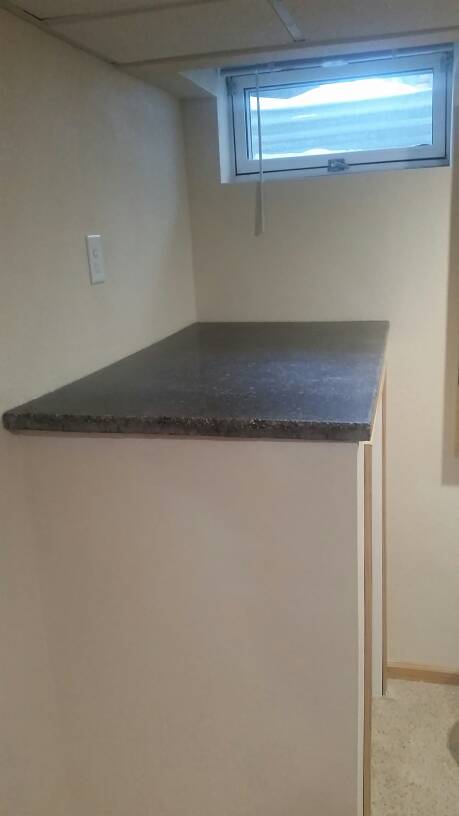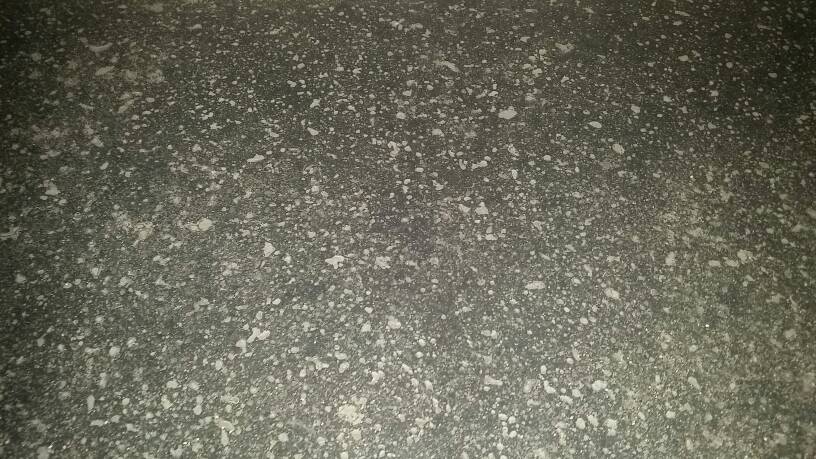It's time to update my bar with new cabinets & counter tops. Old top has a mosaic tile top that is a PIA to clean. I'd like to do concrete or epoxy because the shape will not be standard. I will under mount the sink & incorporate a glass rinser into the counter top. My brewery is adjacent to my bar/sink area so it does see a lot of use cleaning keggels and other equipment. So, heavy use is an understatement!
I've made a concrete counter top for a different area in my basement. It turned out OK but not what I was totally expecting in the end. Big down side is how heavy it is. The bar top will be at least 5x heavier. Kind of a pain especially when doing an inverse mold. And I don't know if I'll be able to re-create the same look when I do this one.
Anyone have any experience with either or both of these methods? Am I leaving another option out?
I've made a concrete counter top for a different area in my basement. It turned out OK but not what I was totally expecting in the end. Big down side is how heavy it is. The bar top will be at least 5x heavier. Kind of a pain especially when doing an inverse mold. And I don't know if I'll be able to re-create the same look when I do this one.
Anyone have any experience with either or both of these methods? Am I leaving another option out?







